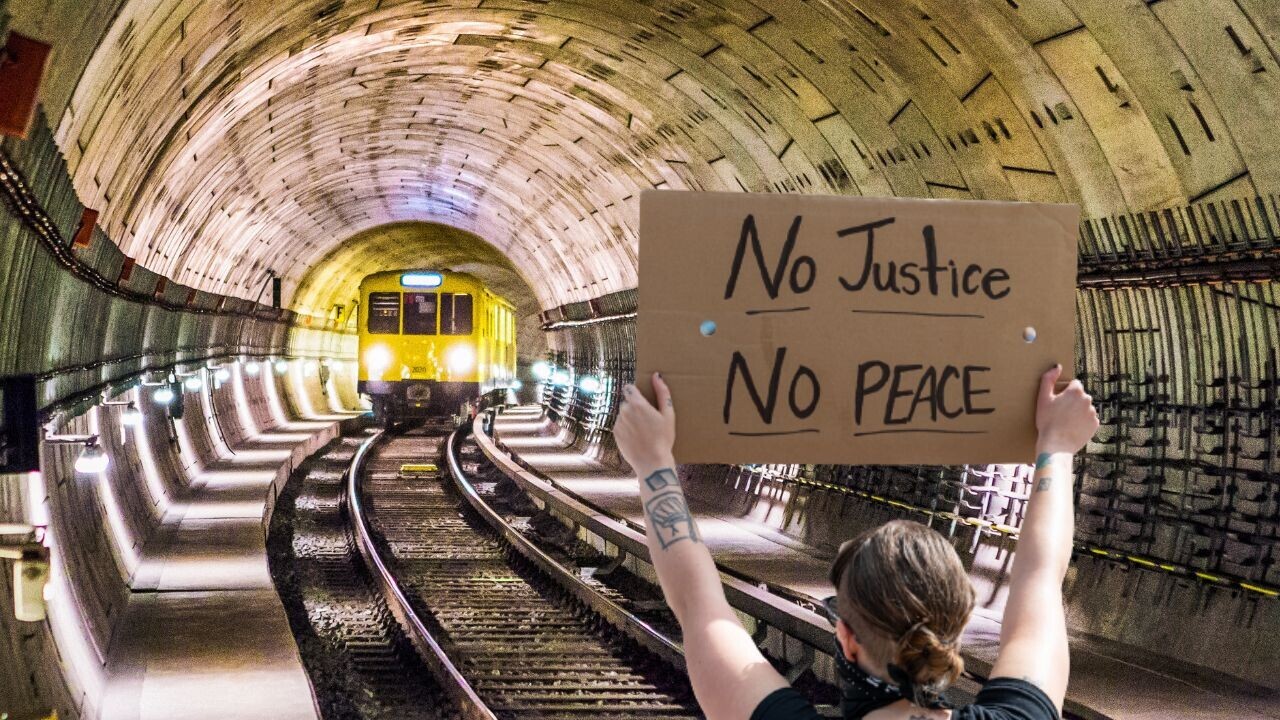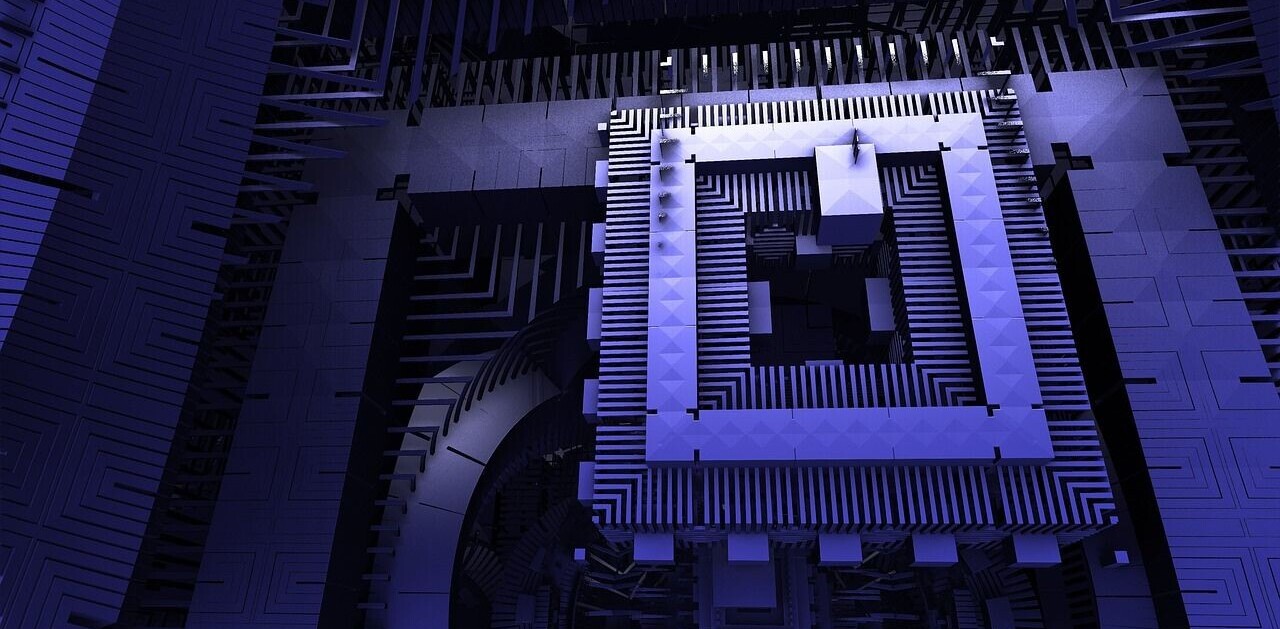
It’s strike season on the London Underground, and that means one thing for the UK’s interminable Tory governments: time to rev-up the driverless hype train.
Conservative politicians have long called for a fully-autonomous metro.
In 2012, then-London Mayor Boris Johnson said Britain’s capital would have driverless trains within 10 years. A decade later, he claimed the switch would free people from being “prisoners of the unions.”
The government reiterated the case during recent funding talks with Transport for London (TfL), which operates the local underground network.
Transport Secretary Grant Shapps made working towards driverless trains a condition of the bailout.
Shapps repeated the call ahead of further strikes on August 19.
“We can’t hold back the tide of time,” he told ITV News last week. “It seems to me they are managing in Paris to get way ahead of us with automated trains which can run more smoothly and safely and not subject to as many strikes.”
His proposal, however, will have to overcome enormous obstacles.
Going underground
Driverless trains are a unique challenge for the world’s oldest subway system.
The Tube’s age and complexity makes retrofitting automation incredibly expensive and disruptive.
A TfL report that was leaked in 2020 estimated that going driverless would cost over £7 billion. (In contrast, the body’s drivers cost a total of roughly £209 million a year.)
The document said any staff savings would be offset by additional costs, and that an operator would still be required on every train.
“Its implementation network-wide will present a considerable affordability challenge which will further exacerbate TfL’s current financial and longer-term funding position,” the study concluded.
Aslef, the train drivers’ union, said the report showed driverless trains were a “politically-driven fantasy.”
In response, critics said the costs and concerns were being exaggerated.
Delays ahead
Another concern involves the funding model.
Unlike cities with more automated metros, TfL is expected to be financially self-sufficient.
According to the body’s statistics, the Paris system cited by Shapps gets 62% of its funding from the government.. The remainder is covered by passenger fares. TfL, meanwhile, receives only 28% of its funding via government aid.
How much Govt funding Underground networks around the world receive:
Singapore: 79%
Paris: 62%
London: 28%Spot the difference?
Our transport network is woefully underfunded.
The Govt must provide the long-term funding TfL desperately needs to continue serving our capital. pic.twitter.com/40HZDpO6Py
— Mayor of London, Sadiq Khan (@MayorofLondon) June 16, 2022
While there are already examples of automation on the London Underground, all of them still have human operators onboard.
They also aren’t immune to industrial action. Even the more modern and driverless Docklands Light Railway has been ground to a halt by walkouts.
The push for further automation may be politically profitable, but it could provoke rather than prevent future strikes.
Get the TNW newsletter
Get the most important tech news in your inbox each week.





